THE CHAMPAGNE REGION IN FRANCE
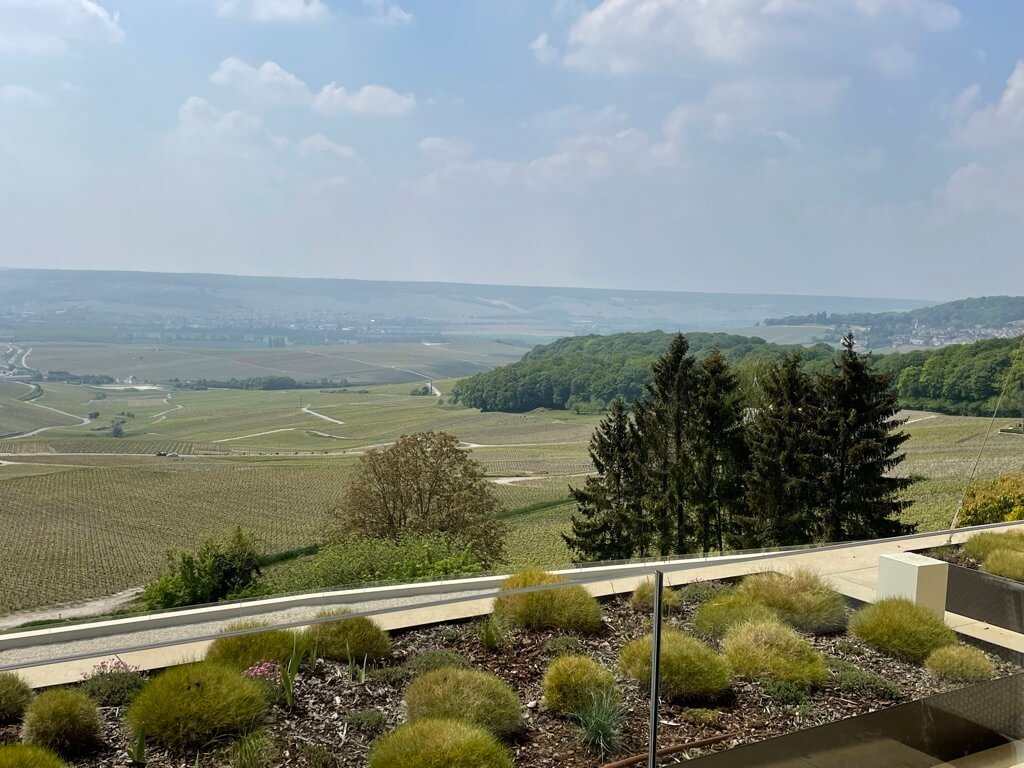
Views over the Montagne de Reims in Champagne
Photo source: Winekeller
Our wine tour experiences in France’s Champagne wine region:
The Champagne region in France: an introduction
Champagne in northern France, just an hour’s drive east of Paris, is one of the most famous French wine regions, producing arguably the most famous and iconic wine, called by the same name, ‘Champagne’.
Champagne was the first wine region to produce sparkling wine in any quantity and is synonymous with luxury and the finest quality. The champagne industry as we know it today was born in the early 19th century by Veuve (Widow) Clicquot.
It formed the model for making sparkling wines around the world, but today champagne represents just 1 in 12 bottles of sparkling wine sold. The region’s top Champagne houses have become major global luxury brands and visiting Champagne is one of the top-rated wine tourism experiences in the world.
The whole region of Champagne, with its three champagne towns of Reims (often spelt Rheims in French), Epernay, and Aÿ, its hillsides and vineyards, its Champagne houses and its cellars, was awarded UNESCO World Heritage Site status in 2015.
See here for an interesting high-level summary of the champagne industry.
In the Montagne de Reims
Top global Champagne brands
At the Royal Champagne Hotel & Spa
The Champagne appellation
Is champagne actually wine? Is all sparkling wine Champagne?
Two frequently asked questions - the answers being ‘yes’ followed by ‘no! Champagne is indeed a ‘sparkling’ wine - however - sparkling wine can only be called ‘Champagne’ if it is produced in and originates from the French region of Champagne, according to the strict requirements of the Champagne appellation. Champagne is the only major French wine region to have just one appellation.
‘Traditional method’ of producing sparkling wine
There are several different methods for producing sparkling wine and the ‘traditional method’ is the most well-known and respected in terms of quality. Known also as the ‘Méthode Champenoise’, the process involves two fermentations - the first in the stainless steel vat or oak barrel, and the second in the bottle. It produces a wine with lots of tiny bubbles and Champagne can only be produced this way.
See here for more information on other types of sparkling wine and more detail about the ‘traditional method’.
Discover more about how champagne is made here.
What grapes are used to make Champagne?
3 Champagne grapes are typically blended together to form a Champagne ‘cuvée’ - Chardonnay, Pinot noir and Pinot meunier.
The Montagne de Reims, near Äy
Champillon - typical Champagne village
Champagne vineyards, outside Epernay
Champagne vineyards
The central part of the Champagne region is an important agricultural area, with vast expanses of cereal production, and production of vegetables and sugar beet. The famous Champagne vineyards are in an area known as ‘Champagne Viticole’, located on the chalky hills to the south west of Reims, and around the town of Epernay in the département of Marne .
Marne produces two thirds of all champagne. The vineyards are centred on a range of chalk hills, divided into two by the River Marne.
The famous chalk soils
Chalk soils are the region’s main attribute and are most prominent in the ‘Côte des Blancs’ and much of Montagne de Reims, but a variety of soils can be found across the vineyards, which extends to over 30,000 hectares.
Mostly black-grape vines (see below), are planted on the slopes of the wooded Montagne de Reims and the southern-facing slopes of the Vallée de la Marne, whilst the east facing slope south of Epernay is the home of white-grapes - as its name suggests, the ‘Côte des Blancs’.
The climate is cool (but getting warmer), being the most northerly wine region apart from England (whose sparkling wines give champagnes a run for their money!). This climate is ideal for growing grapes for ‘traditional method’ sparkling wine blends (see below).
Champagne houses, Champagne growers and Champagne cooperatives
Approximately 320 villages are approved to produce champagne and the vineyards here are some of the most expensive in the world. All of the villages are classified in a ranking called the ‘échelle des crus’ - or the ‘cru ladder’ - so Premier Cru, Grand Cru etc.
The famous ‘champagne houses’ - or ‘les grandes marques’ and ‘grandes maisons de Champagne’, who represent 90% of all global champagne exports, own about 10% of the vineyards and are located around Reims and Epernay. In addition to using their own grapes they purchase grapes from all over the region and use them to create their own distinctive styles of champagne.
The rest of the vineyards are owned by about 16,000 champagne ‘owner-growers’ who sell their grapes to the big houses, and many of them also produce their own champagnes to sell directly in France.
There are also champagne cooperatives which take the grapes of local growers and provide a pressing and winemaking service for them.
Map of the core Champagne region
Explore the amazing underground chalk cellars
Champagne bottles come in many sizes!
Champagne types
Champagne is the ‘celebration’ wine of choice for many. It also pairs brilliantly with seafoods including lobster, oysters and crab.
Vintage and non-vintage champagne
‘Non-vintage brut’ is the standard champagne style. This has to age a minimum of 15 months on the lees and tends to be fruitier (apple, peach) in taste. Every few years a ‘vintage’ champagne is produced that has to age a minimum of 3 years and is more ‘yeasty’ in flavour.
‘Brut’ is now by far the most preferred style, where the amount of residual sugar can be no more than 12 g/l. Increasingly popular however, is ‘extra-brut’ (less than 6 g/l sugar) and ‘brut nature’ or ‘zero dosage’ where it is bone dry.
Popular styles of Champagne
Other styles have become increasingly popular over recent years, include blanc de blancs champagne, made from just Chardonnay grapes and blanc de noirs champagne, from just black grapes. Rosé champagne is also very popular now, made by adding a small proportion of red wine to the blend, or by letting the juice remain in contact with the skin of the grapes for a short time during fermentation.
Best Champagne house to visit
The champagne market is dominated by the large, famous brands, such as Moët & Chandon, Bollinger, Veuve Clicquot, Pommery, Taittinger - as well as the ‘prestige’ champagne brands, such as Dom Pérignon, Krug and Roederer Cristal.
The top brand wines use grapes from top vineyard sites. People buy into specific brands because they like the ‘brand style’ - but you tend to pay a premium for this. However, It’s also really worth trying some of the French ‘grower’ champagnes, which can really deliver value and quality, without the ‘brand’ premium price.
All of the big champagne houses offer excellent wine tourism. They are based mostly around Reims and Epernay, but notable exceptions are Bollinger, in the town of Aÿ and Laurent-Perrier in Tours-sur-Marn. The main feature of any of the most prominent champagne tours as offered by the big brands, is a tour of the hugely impressive and vast, underground chalk cellars, which you can often visit on a little train!
The brands will provide a slick and professional champagne tour and wine tourism experience, but expect to pay anywhere between 25 and 40 euros for it. Many of the tours are also self-guided which is efficient, but you don’t get much opportunity for questions!
Visiting a champagne owner/grower will offer a more personalised tour, including a tour round the cellars and maybe a vineyard if close by, but you can expect to taste more champagnes and it will definitely cost you a lot less!
Reims champagne tours
The most famous champagne tours in/around Reims include domaine Pommery, Taittinger, Ruinart, Veuve Clicquot, Lanson and Mumm.
Epernay champagne houses
The most famous champagne houses in/around Epernay include Moët & Chandon, Mercier and Pol Roger.
World-famous Moët & Chandon
Luxury Pommery brand
Veuve Clicquot - a powerful sponsorship brand
Champagne wine region - Travel guide and useful information
Champagne is a very rural region and all tourism is associated with the Champagne industry. Spend some time to explore the countryside, the smaller wine villages and of the main champagne towns of Reims and Epernay. You can experience Champagne well in 2-3 days.
When to visit Champagne
Anytime from May through to October is a great time to visit the Champagne region and enjoy a champagne tour.
Champagne routes and discovery trails
To help explore the Champagne region, wine trails start from Reims and Epernay, indicated by brown "route des vins" signs for cars, and green signs for cycle trails. These take you through the famous vineyards and villages where – depending on the time of year – you can visit the smaller owner-growers for a guided tour and champagne tasting, as well as direct sales of course!
See here for more information about the ‘Champagne Route’.
What to do in Reims
Reims is the capital of the Champagne wine industry, an old university city and one of the great historic cities of northern France.
The old city is dominated by the 13th century Notre Dame Cathedral, one of the great gothic cathedrals of northern France, and a UNESCO World Heritage Site. It has been restored to its former glory when former kings and queens were crowned here.
The cathedral, with its beautiful stained glass windows and gothic portals and sculptures, notably the ‘Smiling Angel’, is really worth a visit, as is the Palais du Tau cathedral museum, the Roman Triumphal Arch and the Basilica of St Remi.
It’s a bustling town and good to explore, soak up the history, the atmosphere and the fabulous wine and food scene! Also check out the busy Saturday market.
Click here to help plan your trip, including ideas for accommodation in and around Reims.
See here for a wonderful trail of Champagne discovery around Reims.
Things to do in Epernay
Epernay lies just fifteen miles south of Reims, on the southern edge of the Natural Regional Parc de la Montagne de Reims, in the heart of ‘Champagne country’ and justifiably competes with Reims for the title ‘capital of Champagne’.
Epernay is a small town and can be easily visited on foot. Make sure you walk down the famous ‘Avenue de Champagne’, with its magnificent mansions occupied by the celebrated Champagne Houses and enjoy soaking up the ambiance and at least one glass of champagne and some local gastronomy! See here for exploring the villages around Epernay.
See here for a Champagne trail around Epernay.
For more ideas about what to see and do in Champagne click here
Notre Dame Cathedral, Reims
The cathedral's impressive stained glass window
'Avenue de champagne' Epernay


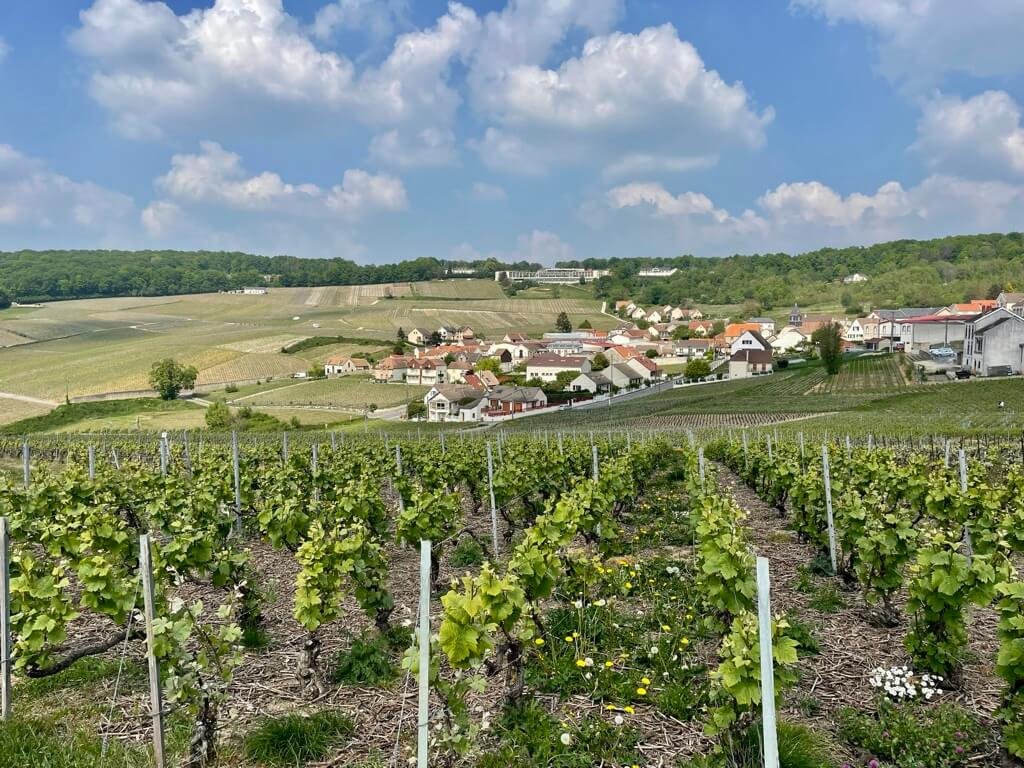



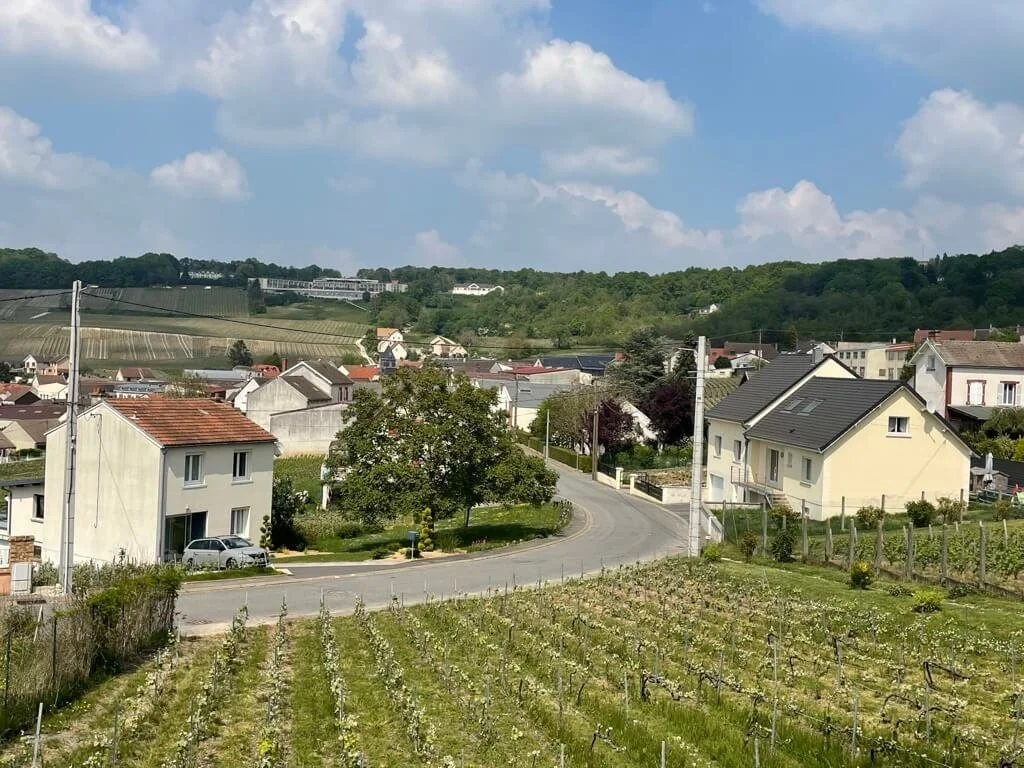

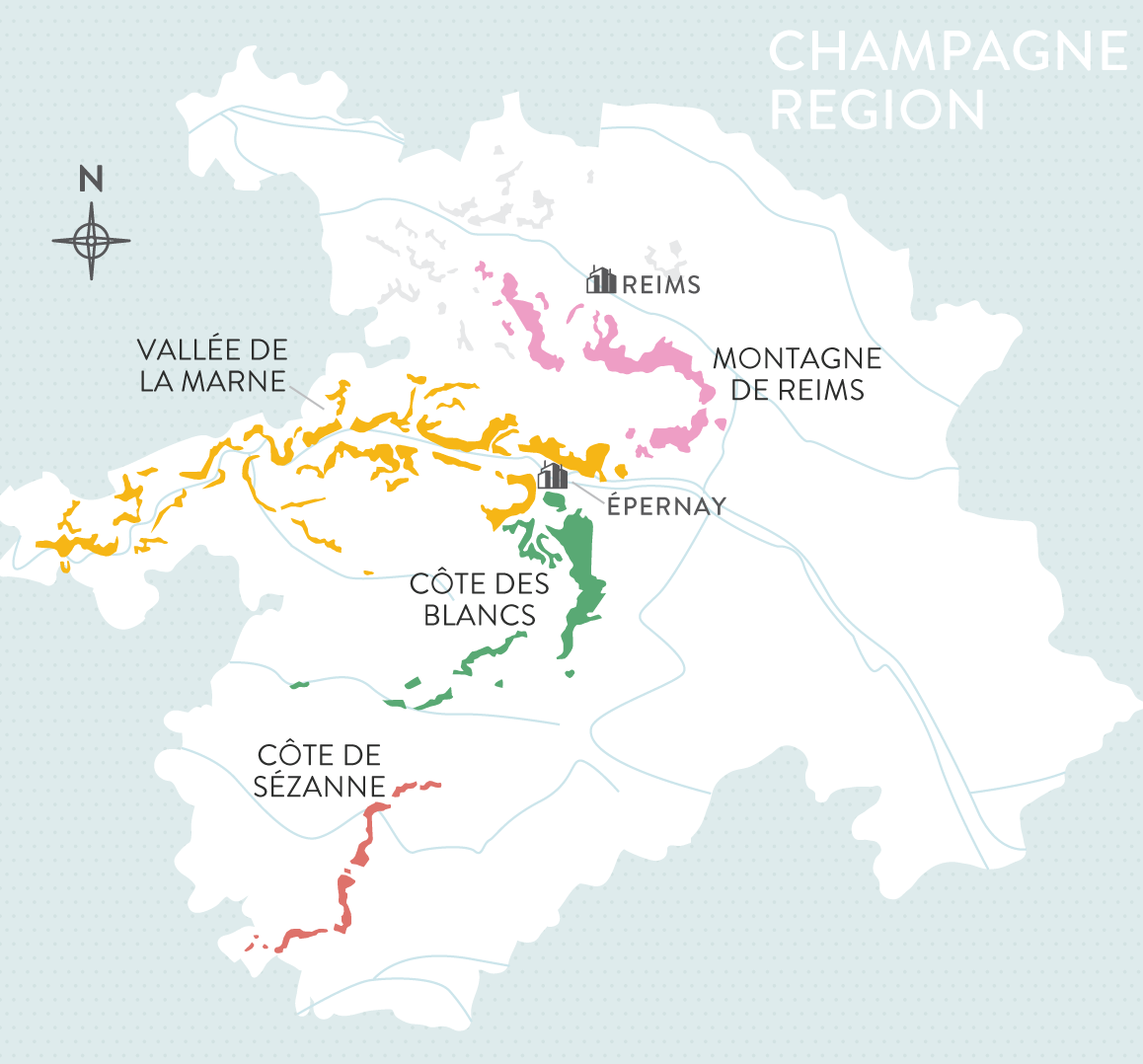
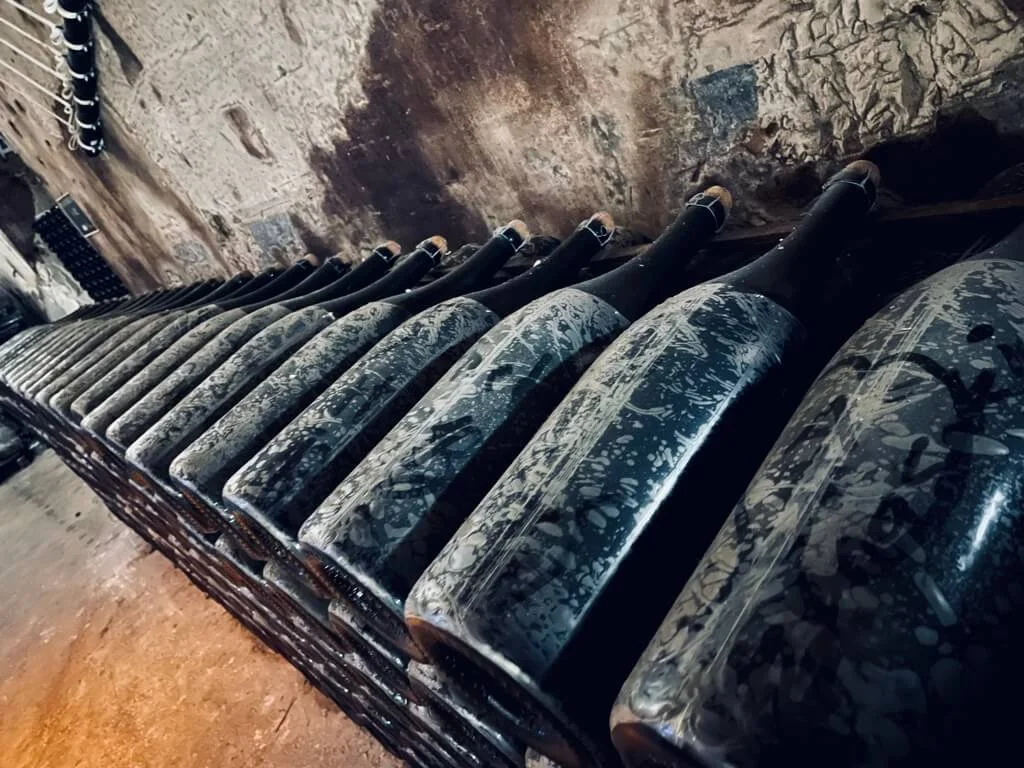


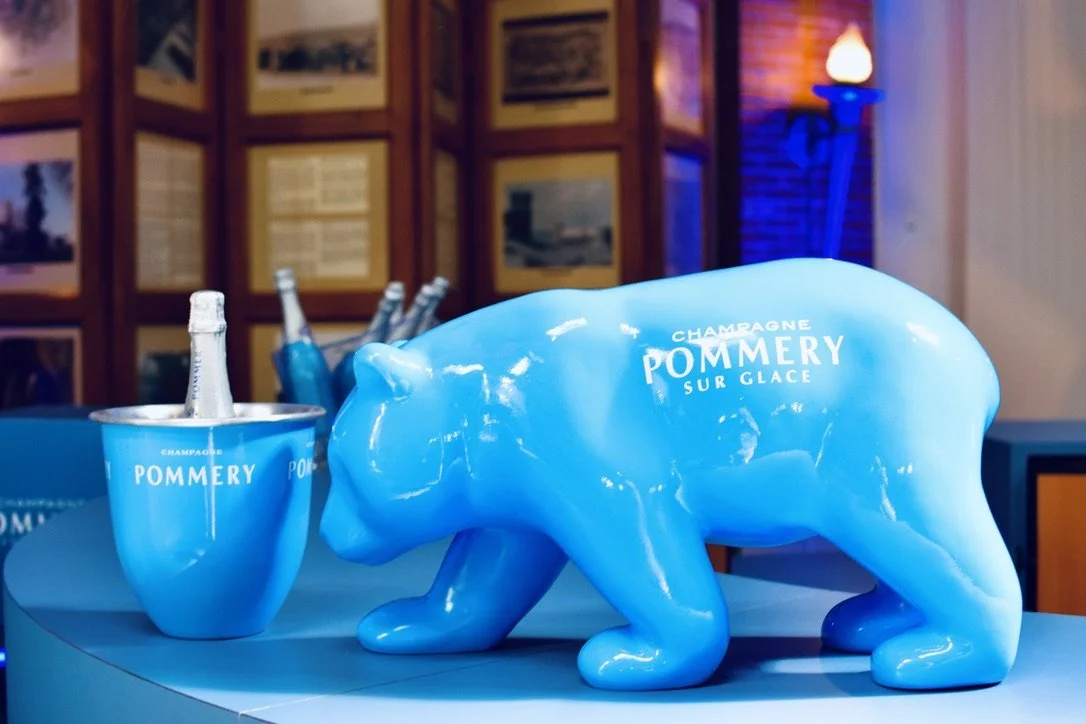

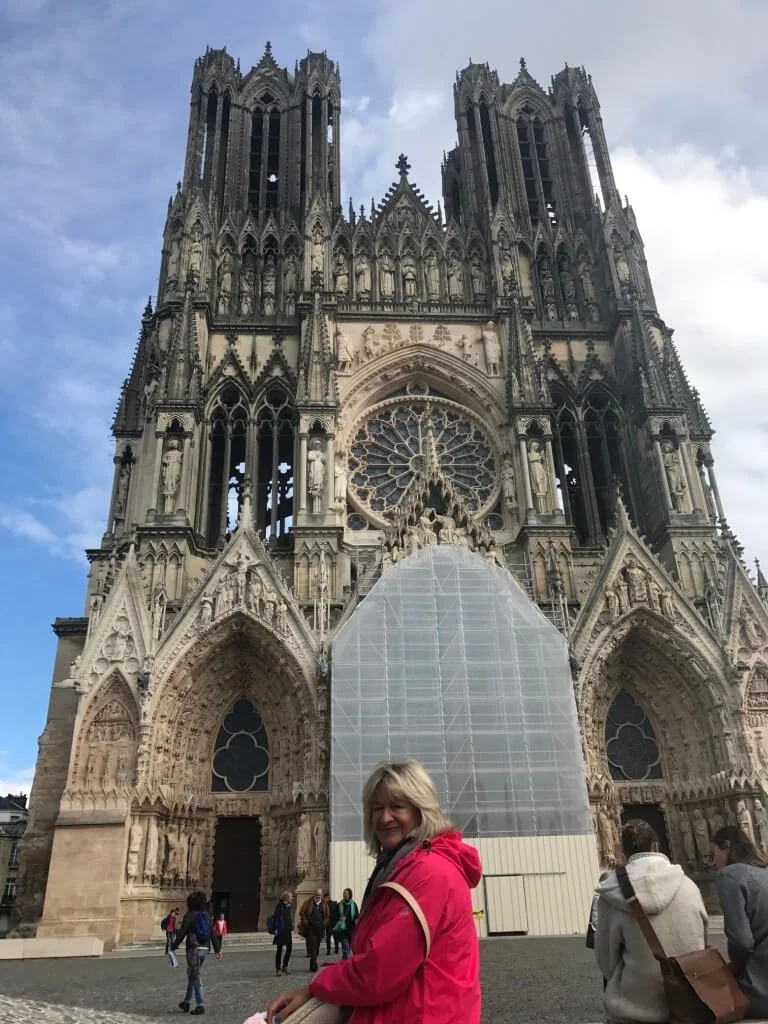
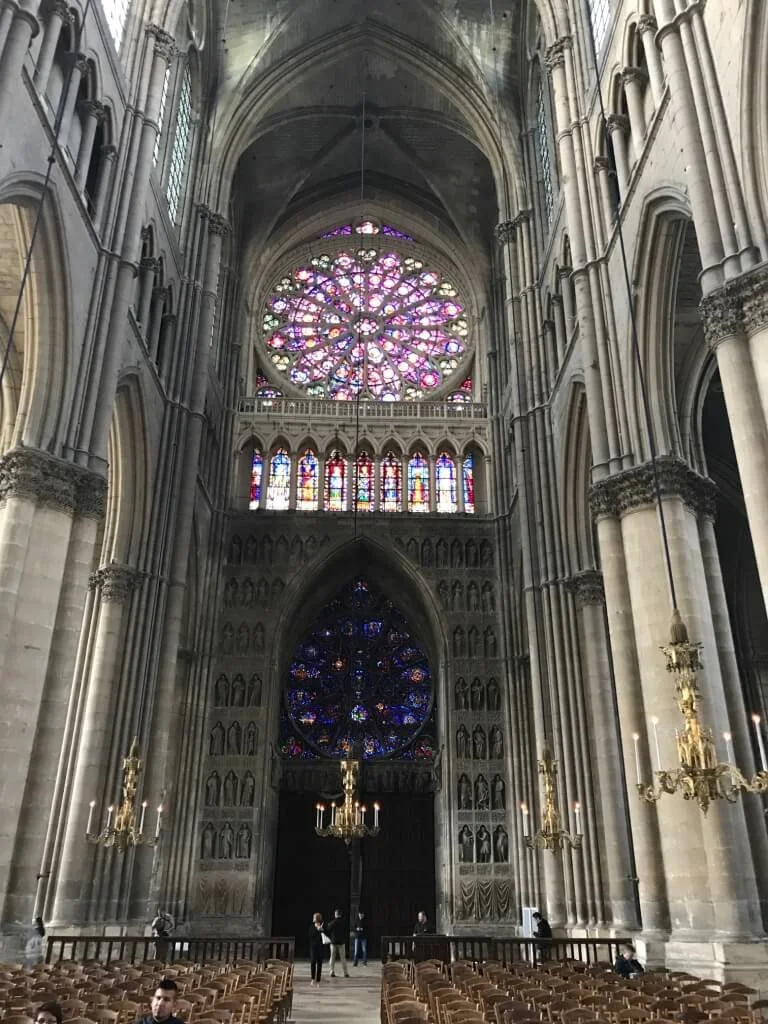

If you’re planning a wine tour in Franc’s beautiful, historic Champagne region, then spending time in Epernay, Champagne’s beating heart, is a must! But don’t just visit the big brand champagne houses, take time to discover ‘grower champagne’ and meet those who actually farm the land and produce the grapes…